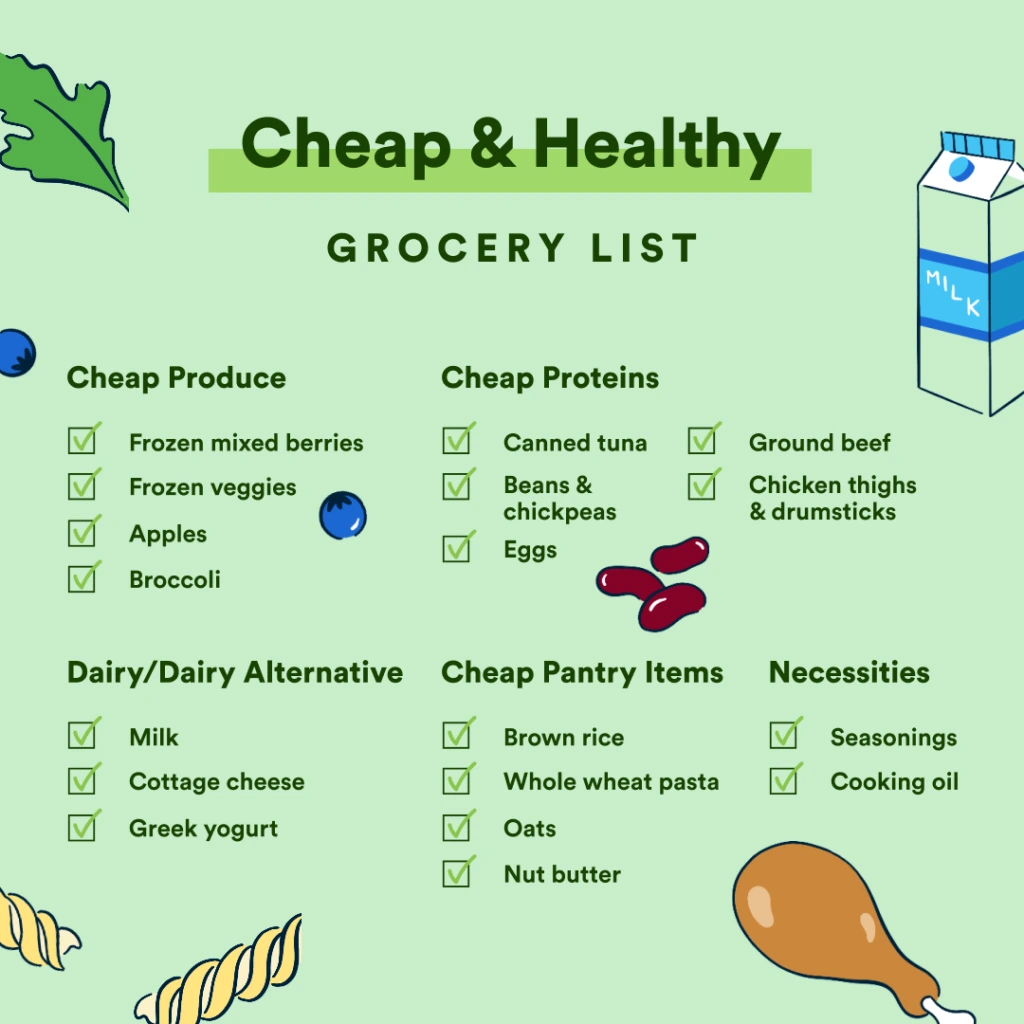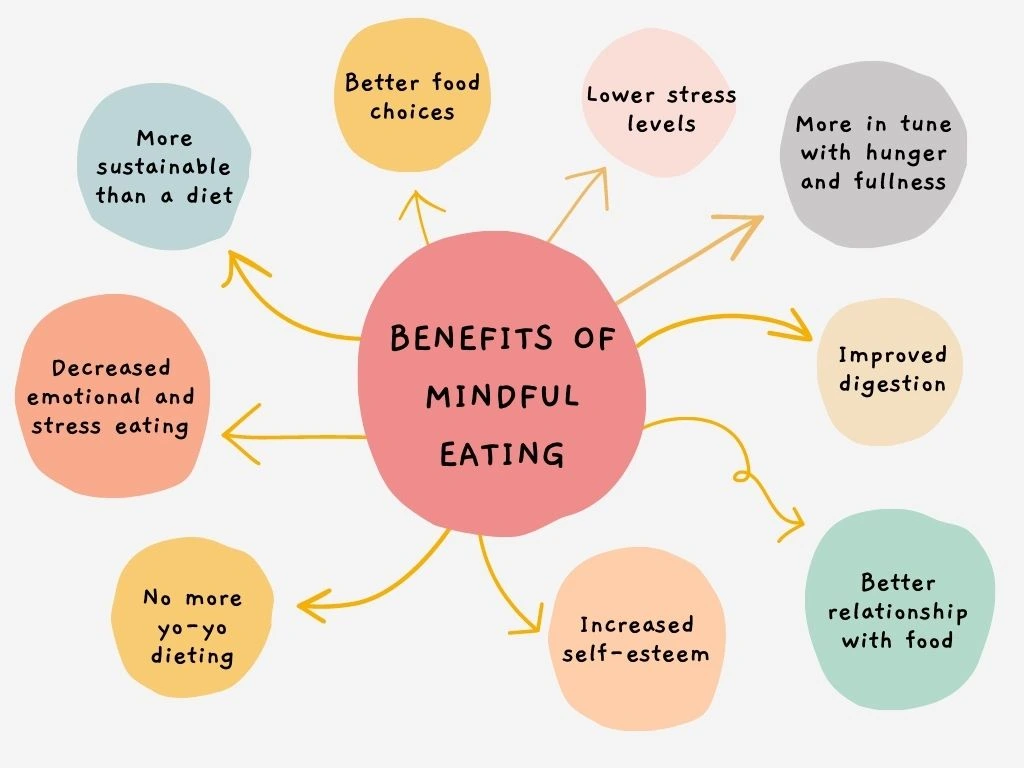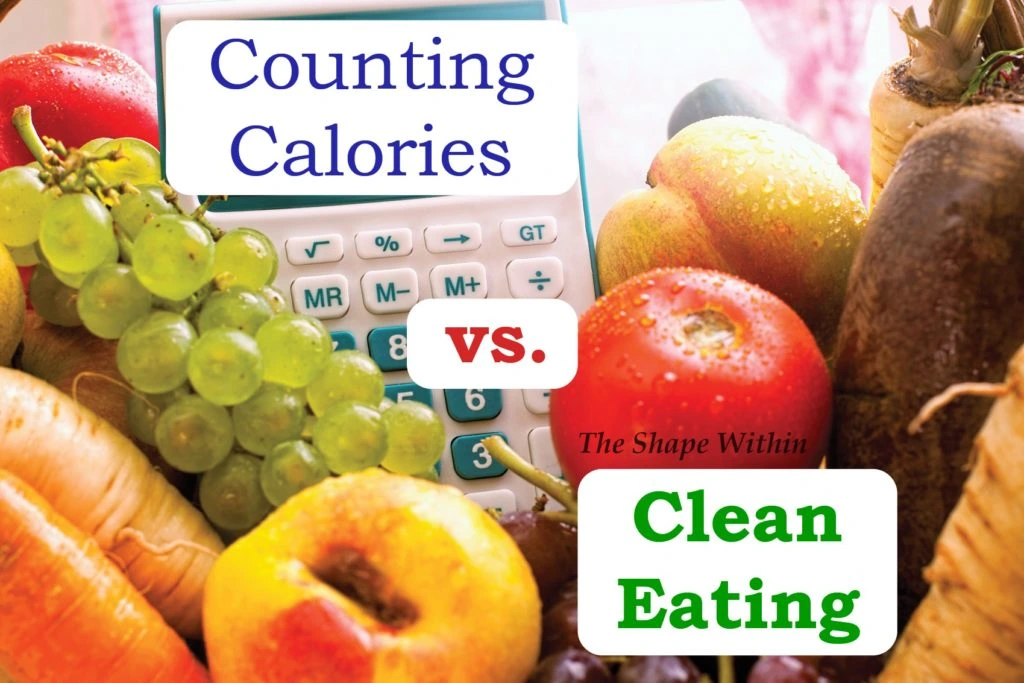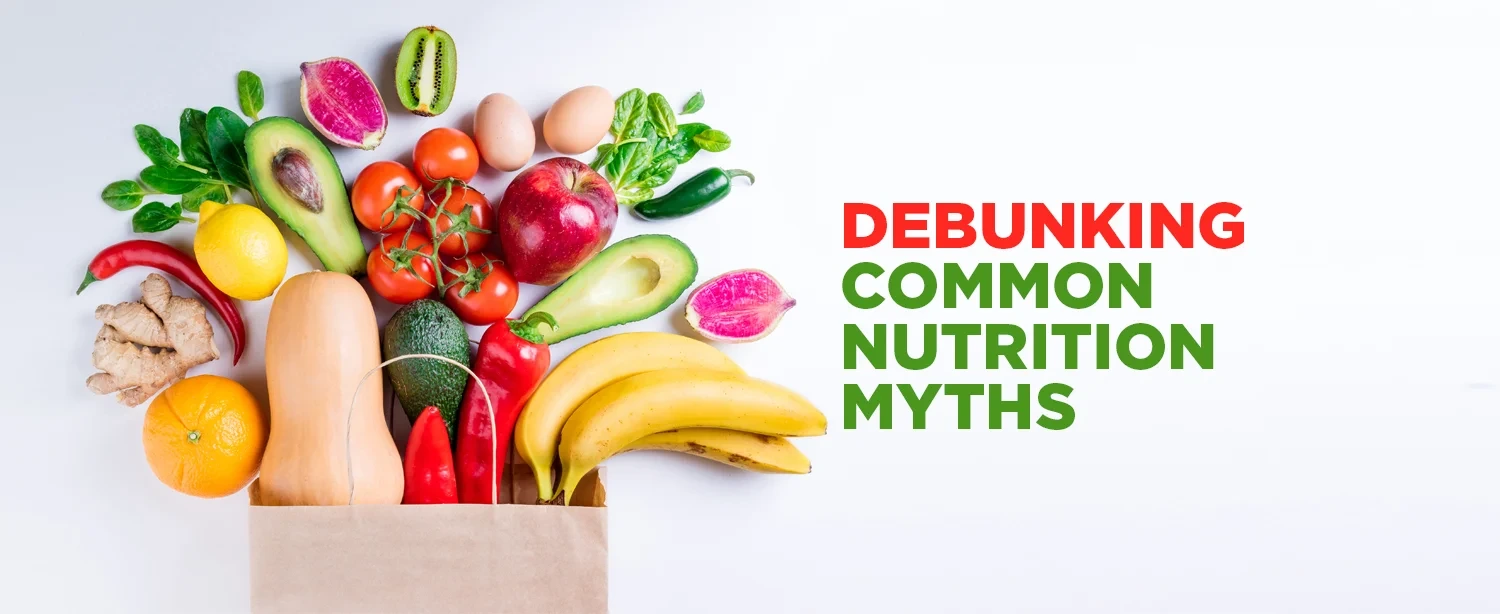Grocery shopping on a budget doesn’t have to mean compromising on health. With some planning, creativity, and focus on essentials, you can make choices that are both wallet-friendly and nutritious. Whether you're feeding a family or just yourself, a well-thought-out list can save money, time, and stress.
Why Planning Your Grocery List Matters
When you walk into a grocery store without a plan, it’s easy to be tempted by flashy marketing, deals on processed foods, or last-minute purchases. By planning ahead, you can:
- Avoid overspending.
- Stick to healthier choices.
- Reduce food waste.
Think of your grocery list as your road map—it keeps you focused and in control.
Step 1: Assess What You Already Have
Before you even start writing your list, take a quick inventory of your pantry, fridge, and freezer.
- Highlight Staples: Items like rice, pasta, canned beans, and frozen vegetables often form the base of many meals.
- Check Expiry Dates: Use up items nearing their expiration before buying new ones.
This step ensures you're not buying duplicates and helps you plan meals around what’s already available.
Step 2: Set a Realistic Budget
Determine how much you can spend on groceries. Use cash or a specific card for groceries to avoid overspending.
Step 3: Prioritize Whole, Affordable Foods
Focus on ingredients that provide maximum nutrition per dollar. Here are some staples:
- Grains: Oats, rice, quinoa, and whole-grain pasta.
- Proteins: Lentils, beans, eggs, tofu, and affordable cuts of chicken.
- Vegetables: Carrots, onions, potatoes, and seasonal produce.
- Fruits: Bananas, apples, and frozen berries.
- Dairy Alternatives or Budget Dairy: Milk, yogurt, and cheese.
Step 4: Plan Your Meals for the Week
A simple meal plan can help you buy exactly what you need.
- Breakfasts: Oatmeal with fruit, scrambled eggs, or yogurt with granola.
- Lunches: Soups, salads, or leftovers from dinner.
- Dinners: Stir-fries, pasta with vegetables, or one-pot dishes like chili.
Step 5: Stick to the Perimeter of the Store
Most grocery stores place fresh produce, dairy, and meat around the perimeter. Stick to these sections and limit your trips to the aisles, where processed foods dominate.
Step 6: Avoid Buying Single-Use Items
Skip niche ingredients unless you’re sure they’ll be used multiple times. For instance, if a recipe calls for a spice you don’t own, consider if it’s worth the purchase.
Step 7: Use Coupons and Look for Discounts
- Check Weekly Ads: Plan your meals around discounted items.
- Buy Generic Brands: Often, store brands are just as good as name brands.
Healthy Snack Ideas on a Budget
Snacking doesn’t have to break the bank. Here are some inexpensive, healthy options:
- Popcorn (air-popped).
- Hummus with carrots or celery.
- Hard-boiled eggs.
- Homemade trail mix with nuts and dried fruit.
Staying Hydrated Without Extra Cost
Instead of spending on sugary drinks or expensive bottled water, invest in a reusable water bottle. Add a slice of lemon or cucumber for flavor.
Balancing Macronutrients
A balanced grocery list includes proteins, carbohydrates, and fats. Here’s how to cover them on a budget:
- Proteins: Beans, lentils, eggs, and canned fish.
- Carbohydrates: Brown rice, oats, and whole-grain bread.
- Fats: Olive oil, avocado (when in season), and nuts.
Make It a Habit
Consistency is key. Over time, you’ll find the best stores, products, and strategies that work for you.
Real-Life Example: Grocery Shopping on $50
Here’s a sample grocery list for a week:
- Proteins: Eggs (dozen), canned chickpeas (2 cans), and peanut butter.
- Grains: Rolled oats, a loaf of whole-grain bread, and brown rice.
- Vegetables: Spinach, carrots, and a bag of frozen mixed vegetables.
- Fruits: Bananas and a bag of apples.
- Other: Milk, plain yogurt, and a small bottle of olive oil.
This list totals under $50 and provides ingredients for breakfasts, lunches, and dinners.
Wrapping Up
With a little effort, creating a healthy grocery list on a budget is entirely achievable. By prioritizing whole foods, planning meals, and sticking to your list, you can nourish yourself and your family without overspending.









